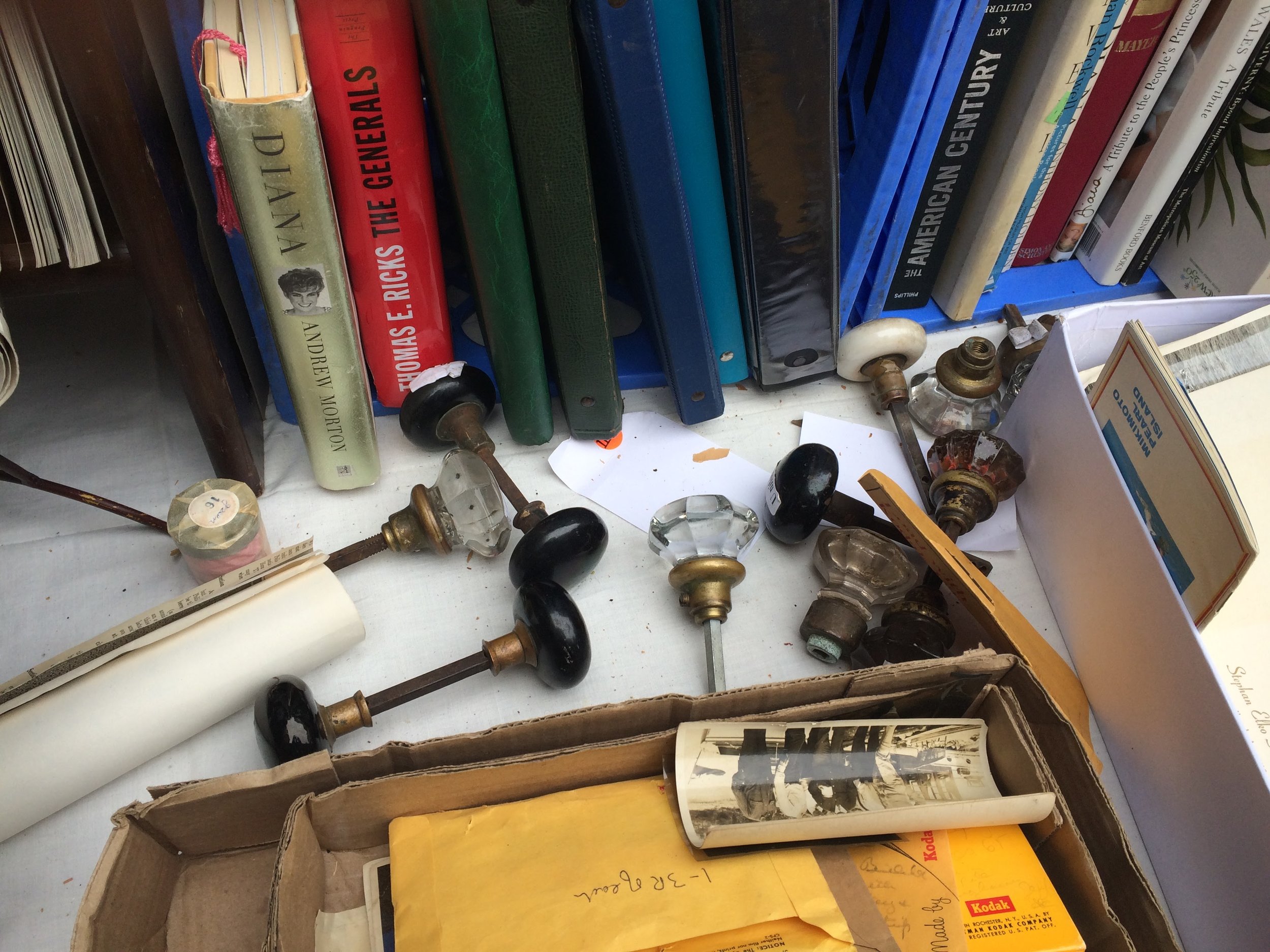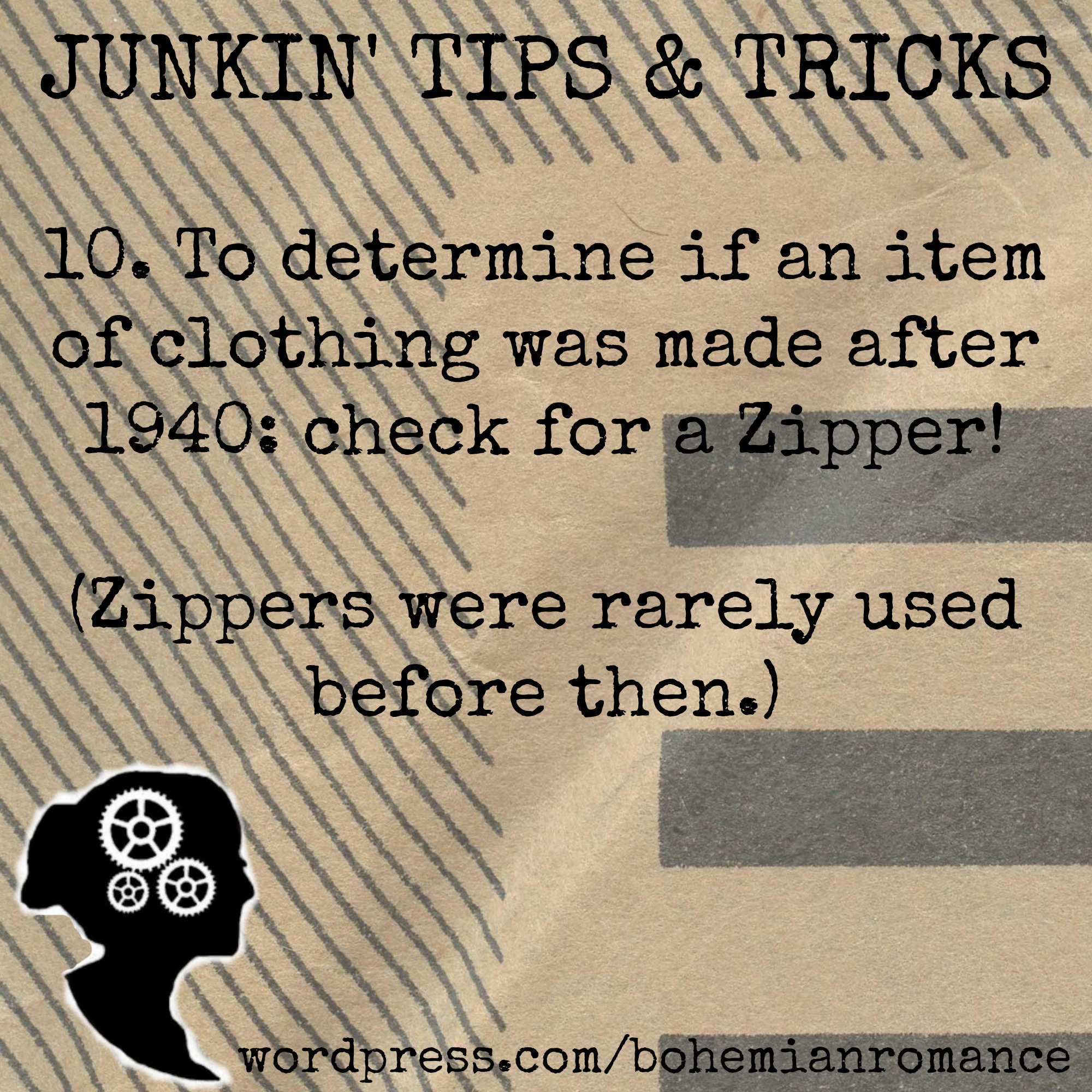Everyone needs a bit of re-fueling from time to time. I feel creative most days, but never as creative and excited to make things as I am when I'm around my family.
I got to visit my family in New York 3 weeks ago, and it was refreshing. I stepped into the house, through the kitchen where we all inevitably end up gathering, and felt it. Everyone was making something, their imaginations were taking them somewhere.
My niece, Avery Jane (who is 6 years old) gave me a pile of drawings she made and paintings she had done just for me & Rhys. I love seeing her drawings evolve. The whole weekend she was coloring or sketching all the while singing. When she was concentrating particularly hard on something she was trying to get just right, her tongue stuck out and her brow furrowed--something my mom does when she's making things too. I'm glad that the next generation of us also finds fulfillment in creativity.

My grams was sewing away on her sewing machine--a Spring table runner as a surprise for me. It is beautiful. I love all of the quilted treasures around her home and mine. The gentle whir of her Singer was music to my ears. It is the sound of home.
My brother, Leb, had just finished welding a rose out of scrap metal he found on the floor of his shop. It has a twisted almost thorn-like feel on the stem. He was proud to show it off to everyone and was already planning his next welded flower.

The most re-invigorating thing was taking the train into NYC, grabbing sloppy joes at Schnippers, and shopping in the fashion district with my mom. We've been doing this for ages, and I've really missed it.
My favorite thing about the fashion district is that there are stores that sell just one thing, and it marvelous. We headed into shops bulging full of chain, jump rings, buttons, sequins, beads, and so much more...it's fun to pour over the endless rows. I don't work with a lot of new materials, but I do like to mix in a couple of new items every now and again. Here's what I took away from one of my favorite places.

I have now become obsessed with the pale pink tiny sequins I picked up. They look gorgeous paired with antique & vintage pearls. It's a new fave combo on a lot of my new pairs of earrings.

Our next stop was an open air flea market near the Flat Iron Building. We found some really great stuff! Will save that for the next post!

Until then, Merry Making! xoxo Sam

 As always, Happy Junkin'!
As always, Happy Junkin'!




 As always, Happy Junkin'!
As always, Happy Junkin'! As always, Happy Junkin'!
As always, Happy Junkin'! As always, Happy Junkin'!
As always, Happy Junkin'! As always, Happy Junkin'!
As always, Happy Junkin'! As always, Happy Junkin'so you can get to Steampunkin'!
As always, Happy Junkin'so you can get to Steampunkin'! As always, Happy Junkin'so you can get to Steampunkin'!
As always, Happy Junkin'so you can get to Steampunkin'!



 I finished reading Over Tea by Terri St. Cloud, a book of poetry about sisterhood, friendship, and self--one of many gifts I received in a package from my best friend, Tiffany. There was one poem in particular that stuck out to me in the book--"Gratitude":
I finished reading Over Tea by Terri St. Cloud, a book of poetry about sisterhood, friendship, and self--one of many gifts I received in a package from my best friend, Tiffany. There was one poem in particular that stuck out to me in the book--"Gratitude":




 As always, Happy Junkin'so you can get to Steampunkin'!
As always, Happy Junkin'so you can get to Steampunkin'! As always, Happy Junkin'so you can get to Steampunkin'!
As always, Happy Junkin'so you can get to Steampunkin'! As always, Happy Junkin'so you can get to Steampunkin'!
As always, Happy Junkin'so you can get to Steampunkin'!

 As always, Happy Junkin'so you can get to Steampunkin'!
As always, Happy Junkin'so you can get to Steampunkin'!
 As always, Happy Junkin'so you can get to Steampunkin'!
As always, Happy Junkin'so you can get to Steampunkin'!
